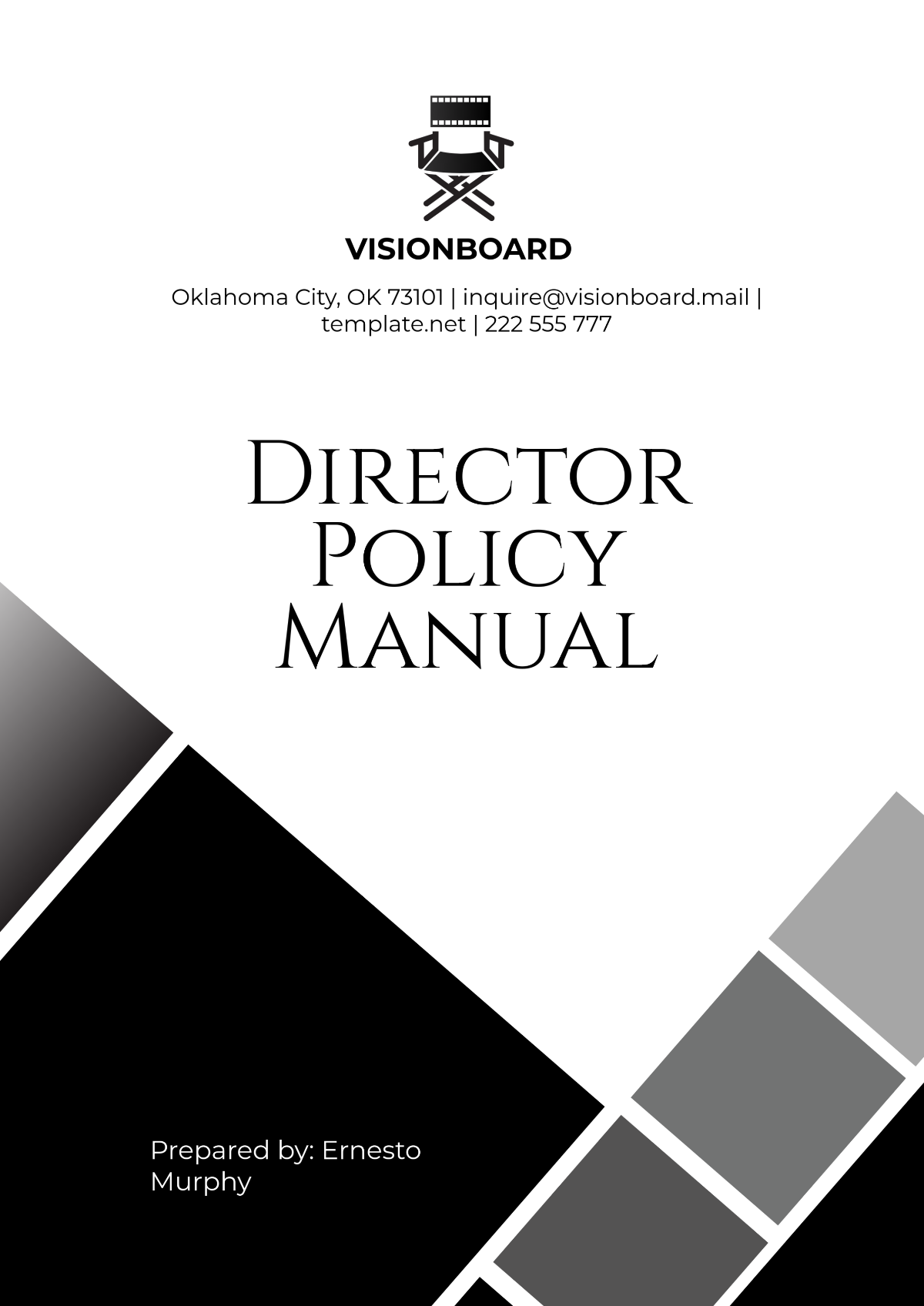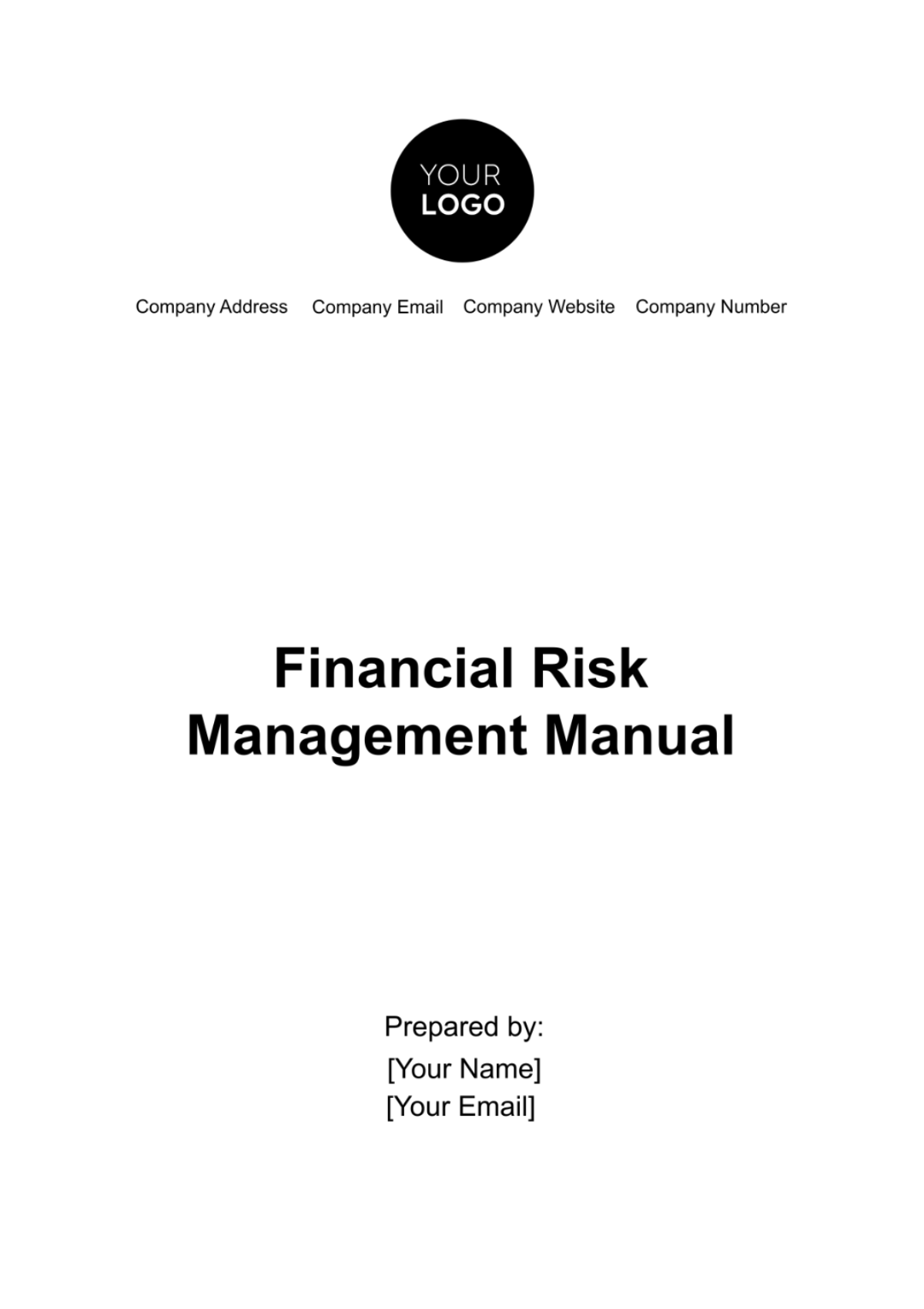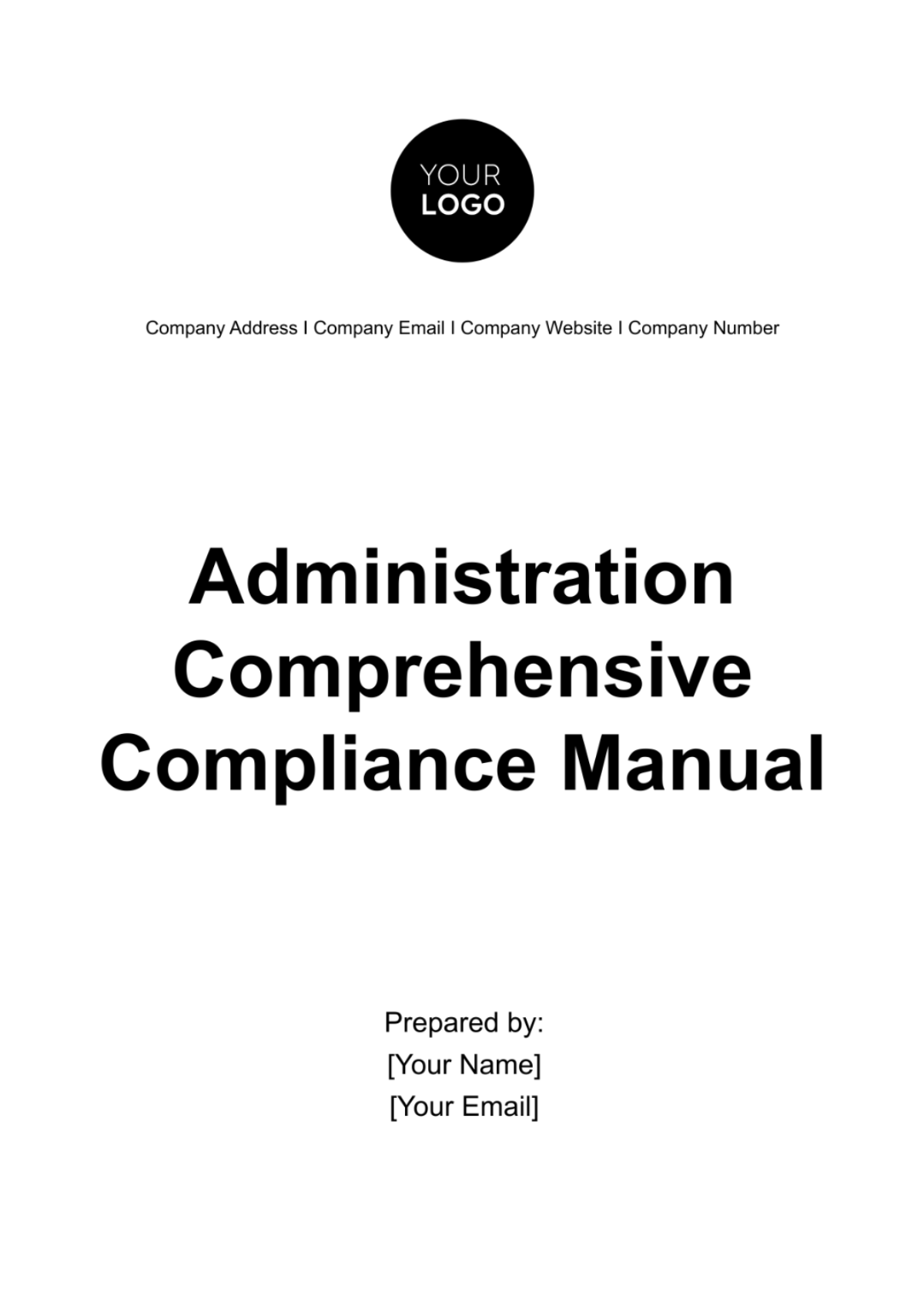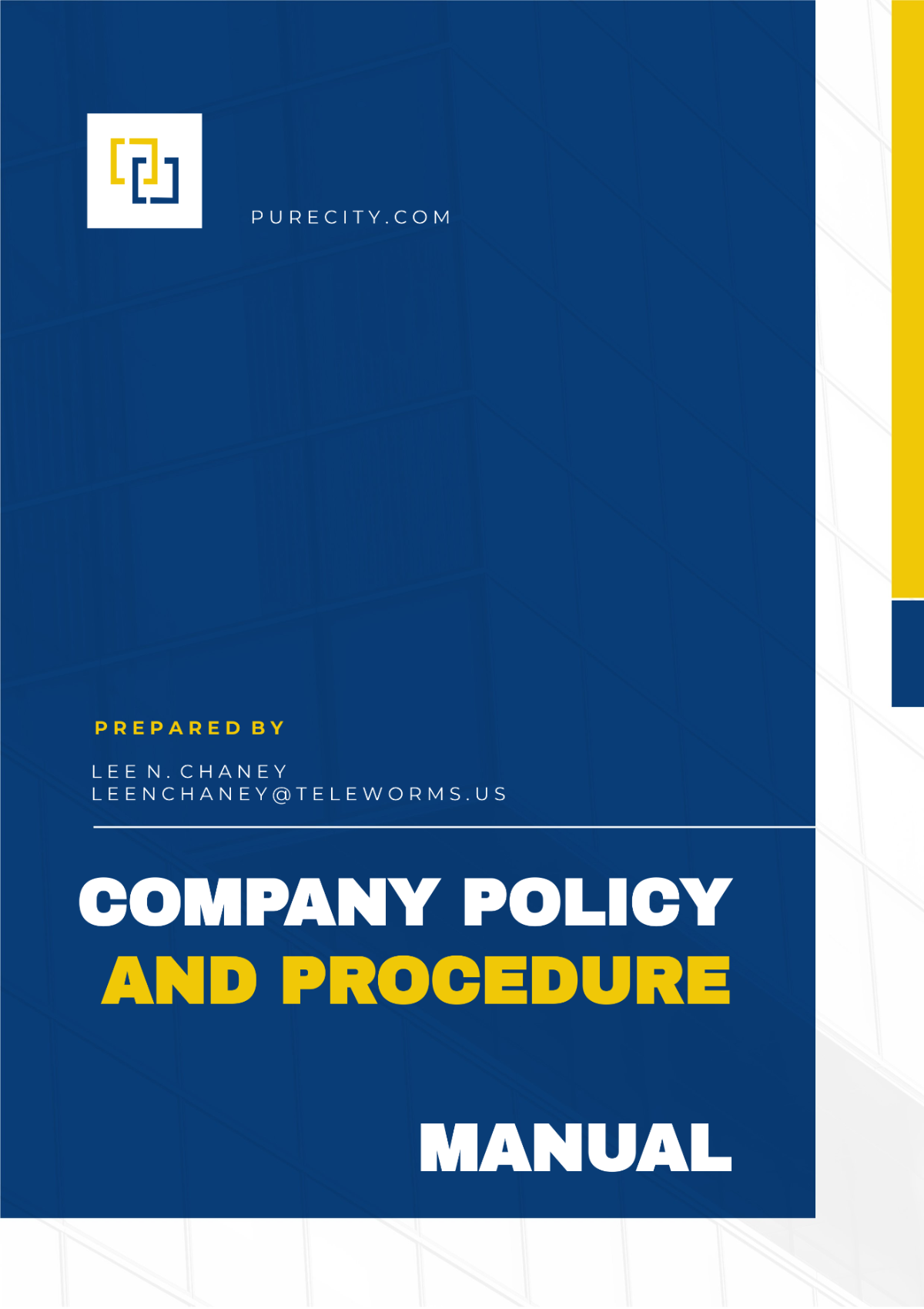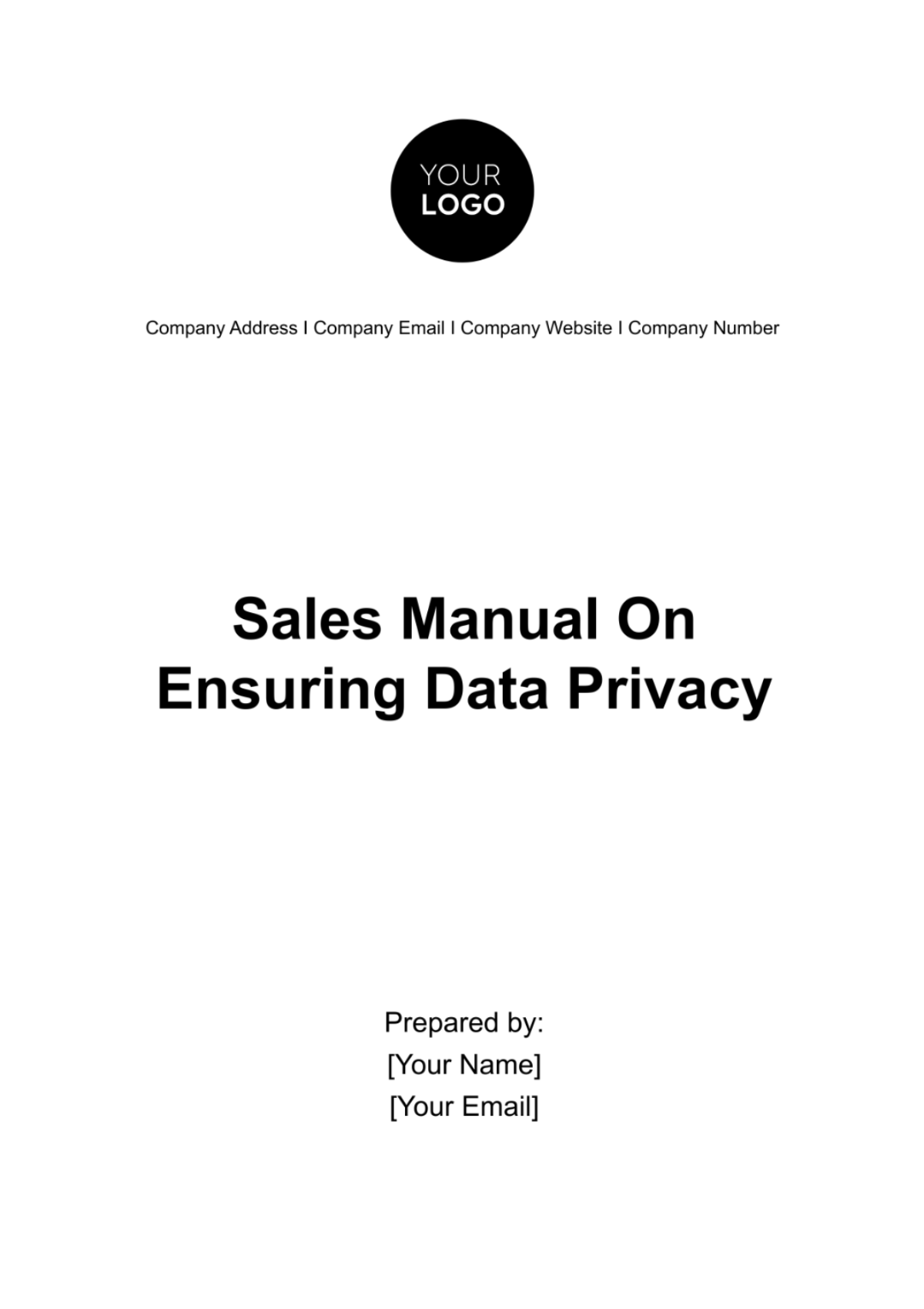Sales Manual on Incorporating Feedback into Commission Policies
At [Your Company Name], we believe in the power of feedback in shaping our commission policies. This manual is created to guide our sales team on how to utilize the feedback received to improve the commission policies and eventually increase sales performance. For further inquiries, please reach out to [Your Company Email] or call us at [Your Company Number].
1. Introduction
A. Purpose
Welcome to the Sales Commission & Incentive Plans Manual: Incorporating Feedback into Commission Policies for 2050 and beyond. This comprehensive guide is designed to provide in-depth instructions and strategies for the critical process of incorporating feedback into sales commission and incentive policies.
B. Scope
This manual encompasses the entire spectrum of activities related to feedback integration into commission policies within our organization. It applies to all sales personnel, sales managers, and operations teams, ensuring a holistic approach to improving our sales commission structure.
C. Background
In the fast-paced world of [Year], businesses are evolving at unprecedented rates. To remain competitive, it's vital to adapt to these changes swiftly and ensure that our sales commission policies not only remain fair and motivating but also align with our organization's objectives. The systematic inclusion of feedback from our sales teams, stakeholders, and even customers is essential to maintaining a robust incentive system.
2. Understanding Feedback
A. Feedback Channels
Feedback can be sourced from a wide range of channels, including but not limited to:
Sales Representatives: Our frontline salesforce is an invaluable source of feedback, given their direct interaction with customers and their unique perspective on what works and what doesn't in our current commission structure.
Sales Managers: These individuals have a broader view of the sales operations and can offer insights on how commission policies impact team dynamics and morale.
Customers: Customer feedback, especially in the form of reviews and testimonials, can shed light on the perception of our sales teams and the effectiveness of our commission policies.
Internal Stakeholders: Feedback from other departments, like finance or human resources, can provide a holistic view of how commission policies affect the organization as a whole.
Market Trends and Competitors: Keeping an eye on market trends and studying the commission policies of competitors can help us stay ahead in the industry.
B. Feedback Collection
To efficiently collect feedback, consider the following methods:
Structured Surveys: Create surveys tailored to different stakeholders to capture specific feedback. Ensure these surveys are easy to complete and that respondents can remain anonymous if they prefer.
One-on-One Interviews: Arrange interviews with key sales representatives, managers, and even customers to gather in-depth, qualitative insights.
Anonymous Suggestion Boxes: Place physical or digital suggestion boxes in accessible locations, ensuring that anonymity is preserved for those who wish to share their thoughts discreetly.
Automated Feedback Forms: Implement automated feedback forms on the company's intranet or website for easy and convenient submission of feedback.
B. Feedback Analysis
Once feedback is collected, it's crucial to perform a structured analysis. This includes:
Categorizing Feedback: Group feedback into categories or themes, such as compensation, motivation, fairness, and process efficiency.
Identifying Common Themes: Look for recurring themes and issues that multiple stakeholders mention. These are likely areas requiring immediate attention.
Quantifying Impact: Use metrics and data to quantify the impact of suggested changes. For example, assess how a proposed policy change might impact sales performance or employee morale.
Prioritizing Feedback for Action: Not all feedback requires immediate action. Prioritize feedback based on urgency, importance, and its alignment with the organization's long-term goals.
3. Evaluating Current Commission Policies
A. Policy Review
Regular policy reviews are the cornerstone of keeping our commission structure aligned with our goals. Schedule these reviews at set intervals, but be ready to conduct additional reviews when significant changes occur in the business landscape.
Frequency: Conduct at least annual reviews, with quarterly check-ins for minor adjustments if necessary.
Key Focus Areas: Pay attention to policy clarity, fairness, alignment with market standards, and achievement of sales targets.
External Factors: Keep an eye on external factors like industry regulations, tax laws, and market trends, which can impact our policies.
B. Identifying Gaps
Once the review is complete, identify gaps and areas for improvement. This can be done by:
Comparing Policies with Feedback: Measure your current policies against the feedback received. Where are they in alignment, and where do they fall short?
Benchmarking: Benchmark our commission policies against industry best practices and our competitors. This process will help us identify gaps and potential enhancements.
Financial Analysis: Assess the financial impact of current policies. Are they cost-effective and sustainable in the long term?
C. Benchmarking
Benchmarking involves comparing our commission policies with those of our competitors, industry leaders, and businesses of similar size. This offers valuable insights and allows us to set realistic targets for improvement. To benchmark effectively:
Select Appropriate Peers: Choose competitors or industry leaders whose practices are worth emulating.
Data Collection: Collect data on their commission structures, their sales performance, and employee satisfaction levels.
Analytical Assessment: Evaluate the collected data and draw comparisons with our current policies. This will help us identify areas where we can improve.
Adaptation: Implement changes to our commission policies based on the insights gained from benchmarking. This process ensures we stay competitive and do not lag behind the industry standard.
4. Incorporating Feedback into Commission Policies
A. Step 1: Feedback Assessment
This step involves a deep dive into the feedback received from various sources. It is crucial to:
Categorize and Analyze: Systematically categorize the feedback into relevant themes and analyze the nature of the feedback.
Impact Assessment: Determine the potential impact of each piece of feedback on the organization and its sales operations.
Feedback Prioritization: Prioritize feedback based on its urgency, impact, and alignment with our long-term objectives.
Stakeholder Consultation: Consult key stakeholders to ensure their views on the feedback are considered.
B. Step 2: Policy Objectives
Once feedback is assessed, the next step is to define clear objectives for our commission policies. These objectives should be realistic, achievable, and in alignment with our organization's overall goals. This step includes:
Objective Formulation: Develop well-defined objectives that address the feedback and overall sales strategy. These objectives should be SMART (Specific, Measurable, Achievable, Relevant, and Time-bound).
Motivation and Fairness: Ensure that the new objectives are motivational for the sales team and fair to all members.
Policy Transparency: Enhance transparency by clearly communicating the objectives to the sales team and stakeholders. Transparency fosters trust and engagement.
C. Step 3: Policy Formulation
With clear objectives in place, the next step is to formulate and refine commission policies that align with these objectives. It's important to:
Policy Development: Collaborate with relevant teams to create detailed commission policies that reflect the new objectives.
Transparency: Ensure policy documentation is clear, concise, and easy to understand. Sales representatives and managers should be able to access and comprehend the policies effortlessly.
Legal and Regulatory Compliance: Verify that new policies adhere to all legal and regulatory requirements.
D. Step 4: Policy Implementation
With well-formulated policies, it's time to put them into action. Successful policy implementation requires:
Effective Communication: Communicate the updated policies comprehensively and clearly to all stakeholders, including the sales team, managers, and other relevant departments.
Training Programs: Develop comprehensive training programs that educate our sales personnel and managers about the new policies. Training materials should be up-to-date and regularly assessed for improvements.
Pilot Programs: Consider running pilot programs with a smaller group of sales representatives to identify potential issues before full-scale implementation.
Monitoring: Set up mechanisms to closely monitor the impact of policy changes, using key performance indicators and feedback collection. These insights will help us fine-tune the policies and make adjustments as necessary.
E. Step 5: Policy Monitoring and Adjustment
The process does not end with policy implementation. Continuous monitoring and adjustment are essential to maintain the effectiveness of our commission policies.
Continuous Assessment: Regularly assess the impact of policy changes on sales performance, employee satisfaction, and other relevant metrics.
Feedback Loop: Establish a robust feedback loop to continue gathering insights from stakeholders and market trends.
Adaptive Changes: Be ready to make adjustments to policies when needed based on performance data and feedback.
Annual Reviews: Schedule annual policy reviews to ensure they remain in alignment with the organization's long-term objectives and adapt to any changing circumstances.
5. Communication and Training
A. Internal Communication
To ensure a smooth transition to the new commission policies, effective and transparent internal communication is key.
Regular Updates: Provide regular updates to all stakeholders, keeping them informed about the progress of policy changes and the rationale behind these changes.
Transparency: Encourage open dialogue and address questions or concerns promptly. Transparency fosters trust and employee engagement.
Feedback Platforms: Implement feedback platforms to ensure ongoing communication channels for employees to voice their opinions and concerns.
B. Training Programs
To ensure all sales personnel and managers are well-versed in the new policies, we should develop and maintain comprehensive training programs:
Training Material: Create up-to-date training materials, including manuals, videos, and interactive learning modules.
Role-Specific Training: Tailor training programs to address the specific needs of different roles within the sales team, from entry-level representatives to sales managers.
Ongoing Training: Recognize that learning is an ongoing process. Continuously assess and update training materials to reflect policy changes, market dynamics, and evolving best practices.
6. Conclusion
Incorporating feedback into sales commission policies is a critical aspect of maintaining a motivated, engaged, and high-performing sales team. This comprehensive manual has provided a structured approach to gather, evaluate, and integrate feedback into our commission policies, ensuring they remain effective and competitive in the dynamic business landscape of 2050 and beyond.
